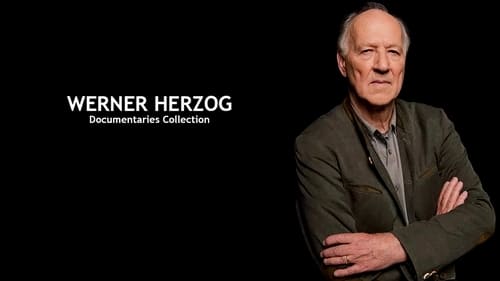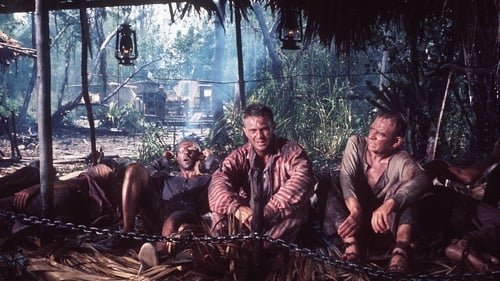
El documentalista alemán Dieter Plage encontró la muerte en el corazón de la selva de la Guayana, mientras volaba en un ingenio propulsado por helio, el Jungle Airship, inventado por un amigo suyo. Su intención era observar la vida salvaje en las copas de los árboles. En 2004, Werner Herzog emprende este viaje de alto riesgo, en un nuevo prototipo aerostático de características parecidas, en compañía del ingeniero del zeppelín siniestrado, para narrar la fatídica historia de Plage.

"Papillon", un hombre condenado por asesinato, es enviado a un penal de la Guayana francesa. Durante el viaje en barco, conoce a Luis Dega, falsificador de Bonos de la Defensa Nacional, un hombre débil, al que "Papillon" ofrece protección a cambio del dinero que necesita para huir de la cárcel.

Rare footage shot inside the People's Temple gives an insider's look at the tragic Jonestown Massacre that occurred in Guyana in 1978. Interviews with survivors attempt to shed light on how and why 900 Unitedstatians would follow one man to their deaths.

Documentary about repressive violence in colonial Guyana.

Guyanese painter Aubrey Williams (1926-1990) returns to his homeland on a “journey to the source of his inspiration” in this vivid Arts Council documentary, filmed towards the end of his life. The title comes from the indigenous Arawak word ‘timehri’ - the mark of the hand of man - which Williams equates to art itself. Timehri was also then the name of the international airport at Georgetown, Guyana's capital, where Williams stops off to restore an earlier mural. The film offers a rare insight into life beyond Georgetown, what Williams calls “the real Guyana.” Before moving to England in 1952 he had been sent to work on a sugar plantation in the jungle; this is his first chance to revisit the region and the Warao Indians - formative influences on his work - in four decades. Challenging the ill-treatment of indigenous Guyanese, Williams explored the potential of art to change attitudes. By venturing beyond his British studio, this film puts his work into vibrant context.

The abolition of slavery in the British Caribbean in 1834 prompts Gillanders, Arbuthnot & Company in Calcutta, a part of the East India Company, to recruit Coolies from India to fill the resulting labor void. The company hires Sinha, a fierce small-timer to sell dreams of El Dorado to the unsuspecting, impoverished Coolies who are signed to five-year contracts as indentured servants. Upon the Coolies' arrival in British Guiana in 1838, the British planters promptly enslave them to ensure that the growth of sugar in the British West Indies will continue uninterrupted. John Scoble of the British and Foreign Anti Slavery Society arrives on the colony a year later to discover a new form of slavery; this time on the backs of Indians.




